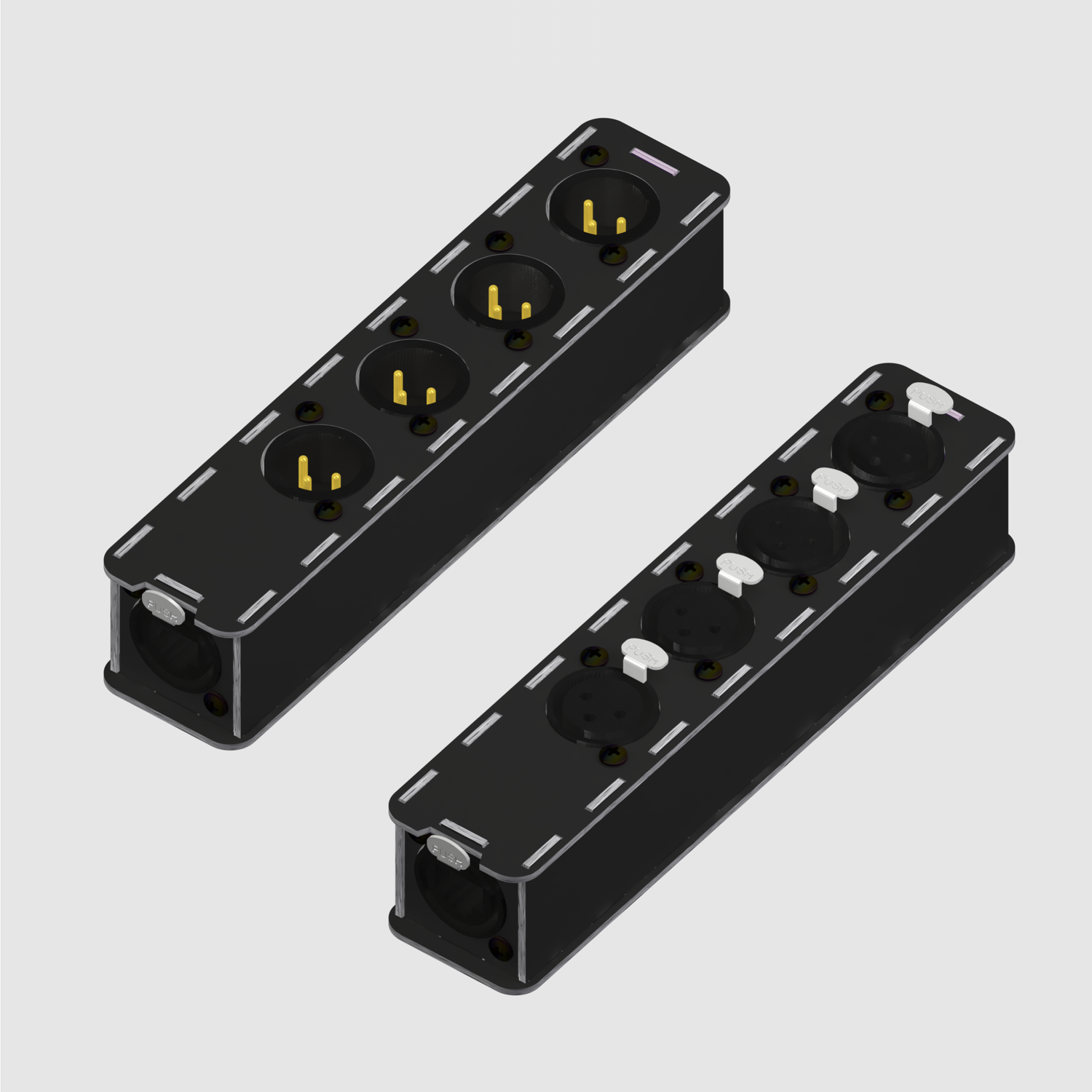Thank you everyone for sharing your experiences. I will also check with the installer to get a sense of their experience on previous projects. I will mention the
shield being grounded at only one end. For this application, the board is a
Mackie 1642 vlz4, sending out to some old 15" JBL eon speakers, and possible other speakers for monitors (QSC CP8, Eon 610). I can certainly use balanced cables between these devices, but I'm not sure if any of those speakers or the
Mackie's aux sends would present an issue. It is possible that
condenser mics would be used at some
point in this
system.
In terms of future-proofing, I'm also weighing the simplicity of
XLR tie lines, vs. 4 channels per single cat6
line (including the
thru function these boxes provide), and labeling access points in the space a logical fashion, with an eye toward someone in the future using this
system who may or may not have a lot of experience with audio and signal flow, or experience in troubleshooting potential noise or cross-talk issues. I am leaning toward
XLR for the audio lines, but will recommend installing some cat6 lines between certain points, given that in the future there could be an upgrade to a digital board with a stagebox, or intercom, wired internet, video via cat6, any number of other uses.



